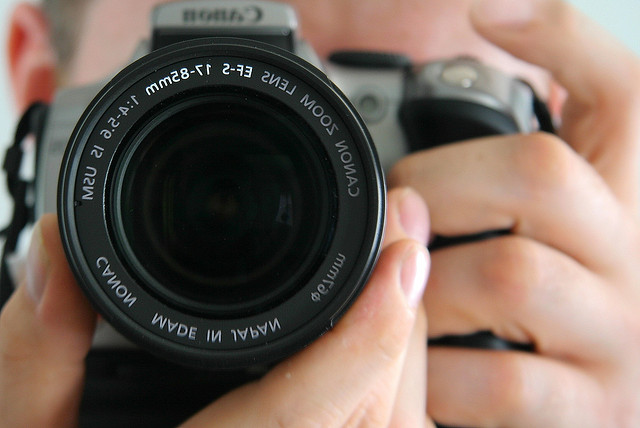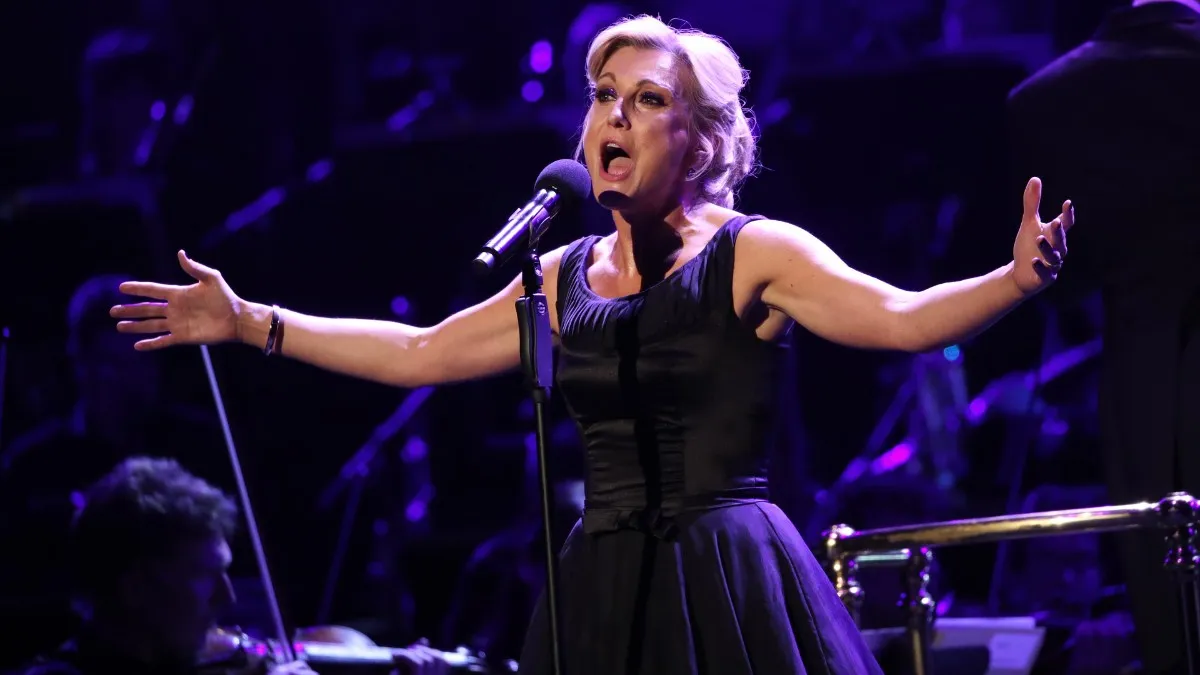Speed is critical to a news agency like Reuters, so it’s understandable that they’d want to do everything they can to save time—like making sure the photos they’re receiving from freelancers are immediately usable without heavy processing. That processing may take time, but the trade-off is better pictures, and that’s a trade Reuters is apparently willing to make as they axe RAW photos.
For those not so digital photography-savvy, RAW is an image format that contains the unaltered (raw) data from the camera’s image sensor. It’s an extremely data-rich format that allows photos to be altered and improved to a great degree, but it also generally needs to be manually processed, which takes time, and it’s a much larger file size, which can slow down transmission.
For those reasons, Reuters has told its freelance photographers to take their pictures in JPEG format, as well, and send those instead of RAW images. Again, in the interest of speed, that makes sense, but Reuters also won’t accept images that ever were in RAW format, which is kind of absurd. If the photographer is doing the processing before sending a finished JPEG, speed isn’t really a concern anymore, and it all becomes about some misplaced sense of “authenticity.”
As PetaPixel reports, a Reuters pictures editor sent this email out to photographers:
Hi,
I’d like to pass on a note of request to our freelance contributors due to a worldwide policy change.. In future, please don’t send photos to Reuters that were processed from RAW or CR2 files. If you want to shoot raw images that’s fine, just take JPEGs at the same time. Only send us the photos that were originally JPEGs, with minimal processing (cropping, correcting levels, etc).
Cheers,
Reuters also told PetaPixel in a statement,
As eyewitness accounts of events covered by dedicated and responsible journalists, Reuters Pictures must reflect reality. While we aim for photography of the highest aesthetic quality, our goal is not to artistically interpret the news.
But that distinction is silly for the same reason #NoFilter is: the JPEG a digital camera creates is just one interpretation that often looks different from reality. There’s no such thing as an “unaltered” photo, because a camera is a filter that interprets the light it takes in according to its settings—digital or not. Often, photo editing is used to make the lackluster picture a camera spits out look closer to reality.
In addition, editing RAW images may be easier, but there’s nothing stopping photographers from editing JPEGs to be just as disingenuous as anything they could do to a RAW image. It’s just making the editing process marginally more difficult, and it could have a negative impact on image quality with not much discernible benefit. When you’re snapping images of an event in progress and time is a factor, it’s better to leave the process of making sure they’re actually good images for later, which RAW helps with, instead of needing to almost nail it in the moment.
(via The Verge, image via Paul Reynolds)
—Please make note of The Mary Sue’s general comment policy.—
Do you follow The Mary Sue on Twitter, Facebook, Tumblr, Pinterest, & Google +?









Published: Nov 19, 2015 10:35 am